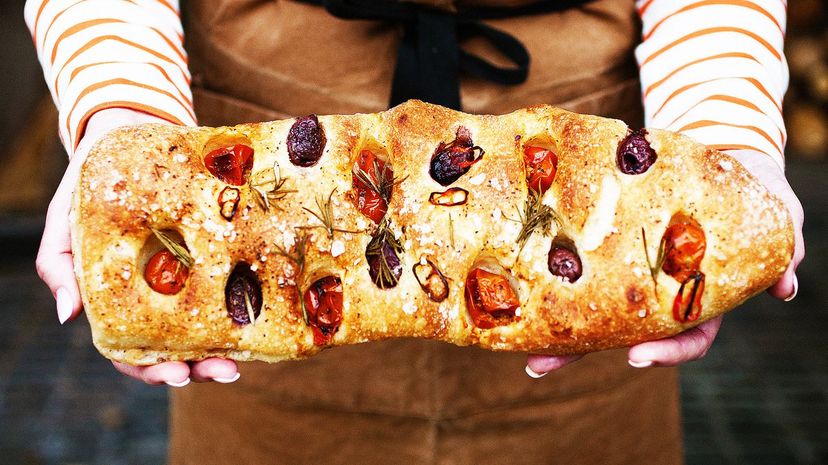
About This Quiz
If aliens landed on Earth and wanted to learn about human food, we'd probably give them a piece of bread. Unlike fruits, vegetables and water, it's a man-made food. There is no bread on Earth without humans, and it's one of the oldest human foods. It's relevant in every culture and no food represents the human race better. It's no wonder people "break bread" when getting to know one another.
One thing better than eating bread is baking bread. Some breads can be baked in minutes and others need days of preparation. Some breads are mandated by law and some are mandated by religion. Some feature strict ingredients and some are made with whatever you feel like using that day. There's a lot of bread out there.
The good news is that all bread can be broken down into a few categories: leavened or unleavened, and whole-grain or refined grain. The bad news is that within these categories comes infinite types of bread. There's dense bread, airy bread, crunchy bread, soft bread and bread that has been re-baked to make a new type of bread. How well do you know your breads? See if you can correctly name these breads just from an image and a hint.
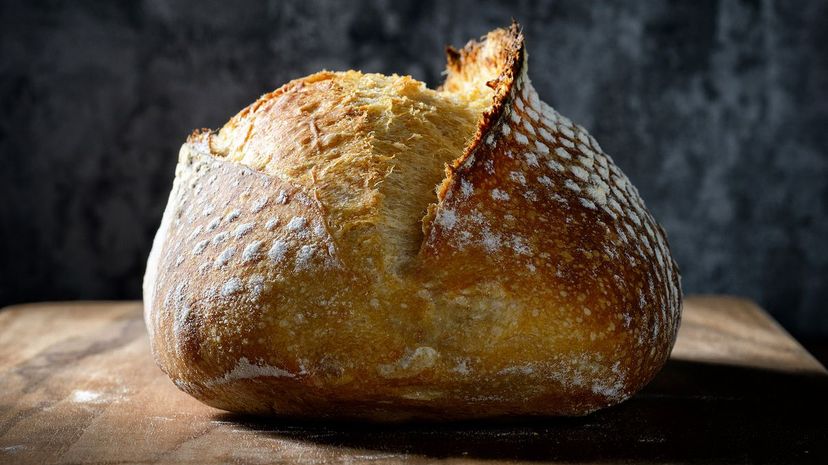
The sourness of your sourdough depends on how you prepare the dough before you bake it. You'll need to mix a batch of dough and let it ferment for about five days so bacteria can grow to the proper strength before baking a loaf.
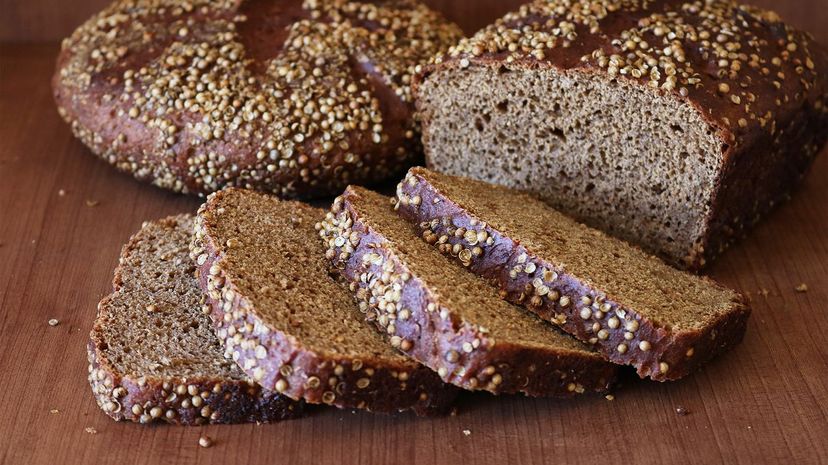
Rye is one of the world's most popular grains and is prevalent throughout western Europe and North America. It's known for being the main ingredient in many breads and whiskeys, and the grain has many noted health benefits.
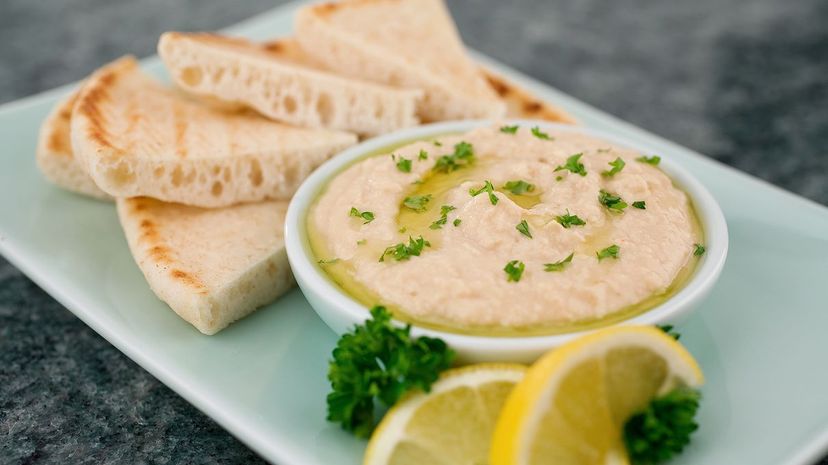
Pita is one of the most popular flatbreads around the world, and it comes in a few different variations, most notably, pocketed or un-pocketed. The Arab version features a pocket, the Greek version doesn't.
Advertisement
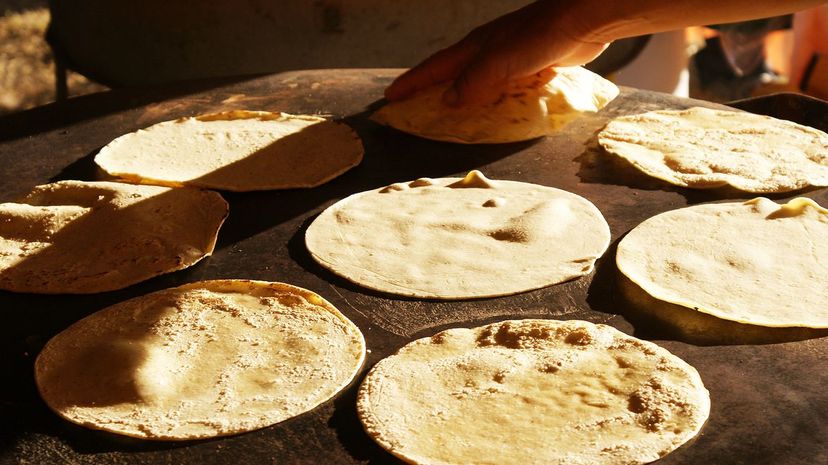
The tortilla is so synonymous with Mexican food that most people refer to anything wrapped up in the bread as a tortilla, although that's just the name of the bread itself. It can be used to make a number of traditional Mexican dishes like tacos and enchiladas.
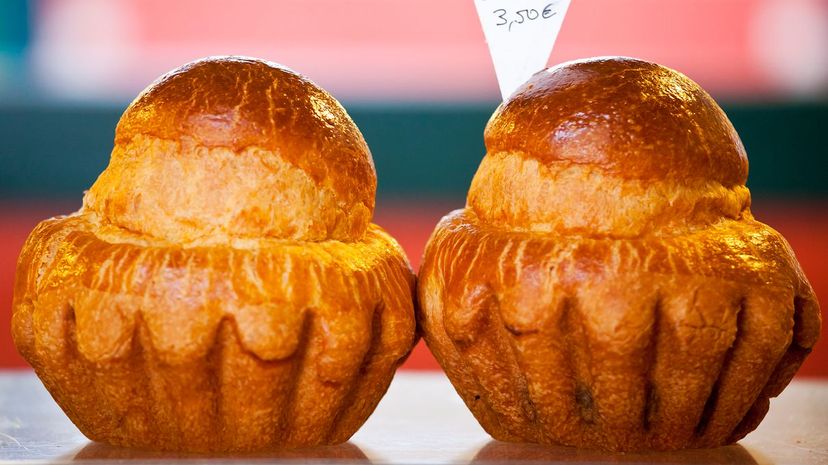
A brioche bun can be eaten by itself as a snack or dessert, and it can be used for everything from a ham and cheese sandwich to a sweet breakfast. Sicilians serve gelato on brioche buns instead of cones or cups, and the French use it to make pastries.
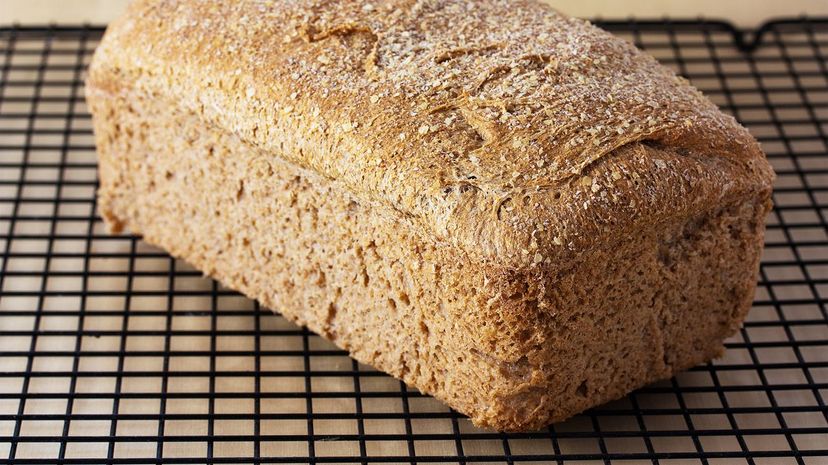
Cereal grains contain three parts, but most bread is made using just one part of the grain. These are called refined grains. A whole grain is a grain that consists of all three parts, and whole wheat, or whole grain bread, is bread milled from whole grains.
Advertisement
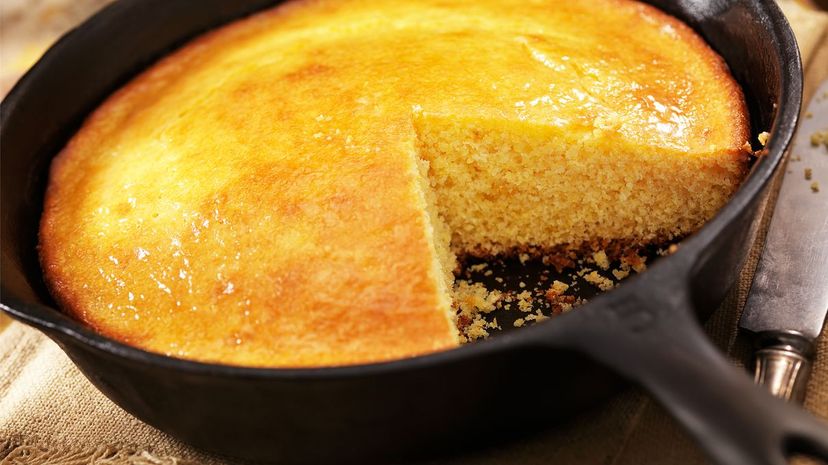
Cornbread was created by Native Americans and today is made using cornmeal, which is flour made from dried corn. It's a dry and crumbly bread that is a staple of soul food in the United States. If you deep fry the dough instead of baking it, you'll get hush puppies.
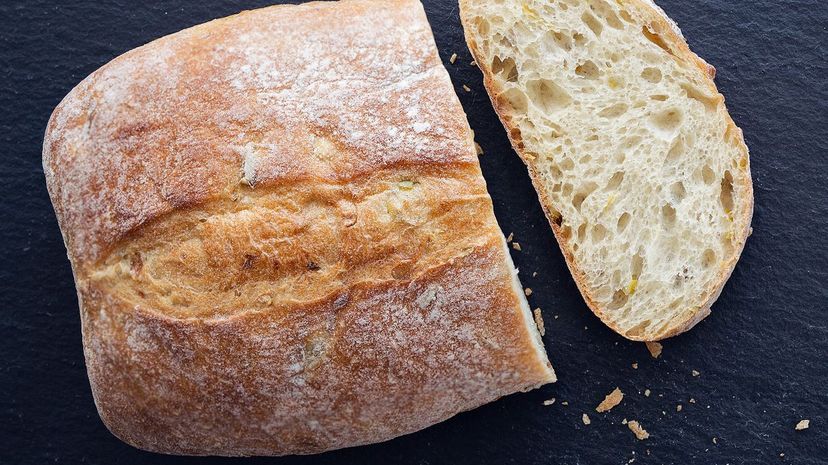
As plain and simple as white bread is, you'd think it would be the best selling bread in the country, but it isn't. The crown goes to whole wheat and multigrain bread. White bread is made with a refined grain that uses just one part of the grain instead of all three parts.
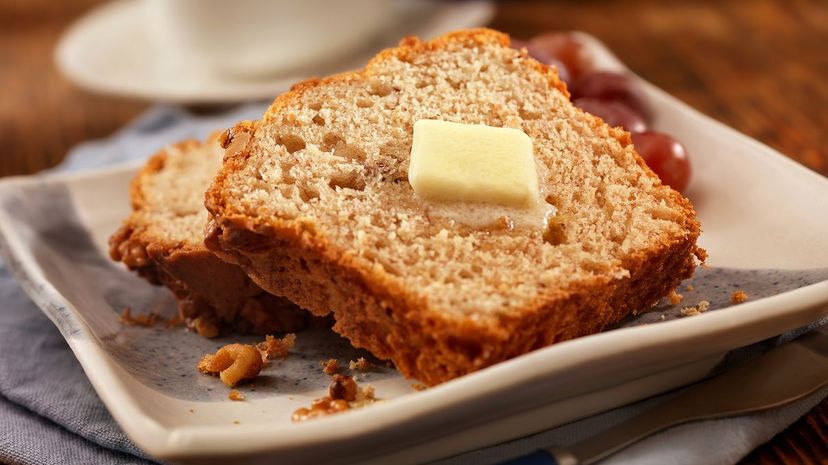
Banana bread is a sweet and flavorful bread that almost resembles cake. The main ingredient is mashed bananas, and the bread is the perfect way to use overripe bananas that nobody wants to eat. It can also be flavored with additional ingredients like nuts and spices.
Advertisement
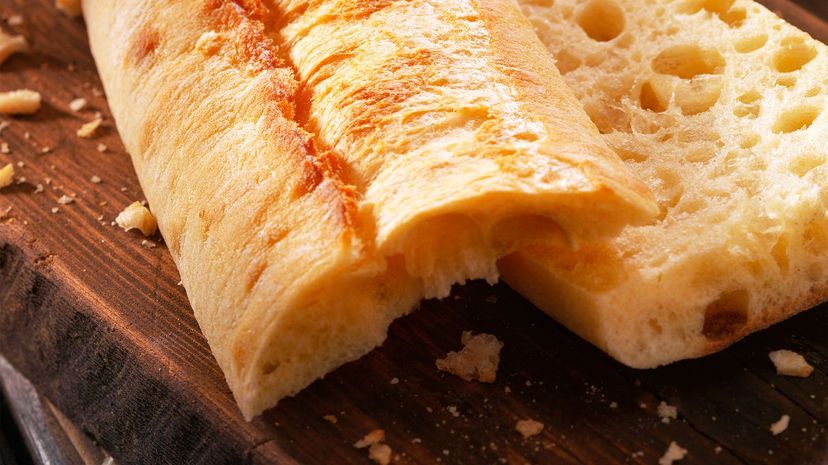
With food in general, including bread, the Italian and French seem to excel, and ciabatta bread is a perfect example. This bread has a thin crust that is hard and crispy on the outside and it's incredibly soft and holey inside.

The perfect focaccia is thin but airy inside and crisp and crunchy on the outside. The bread is baked in an oiled pan and then drizzled with oil, so it's a rather oily bread. It can be eaten on its own, topped with ingredients of your liking and even used for pizza.
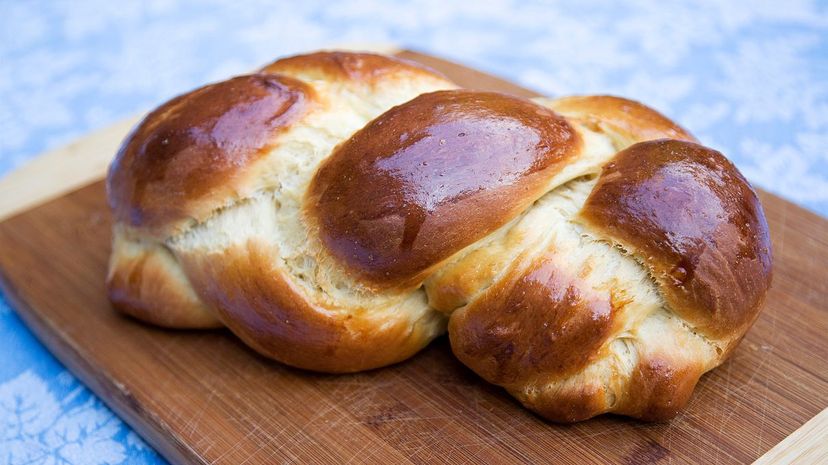
Challah is sometimes known as egg bread and it is a rich, soft and sweet bread that has been enhanced with eggs. Its texture almost resembles brioche. It's usually braided before baking and served during special occasions
Advertisement
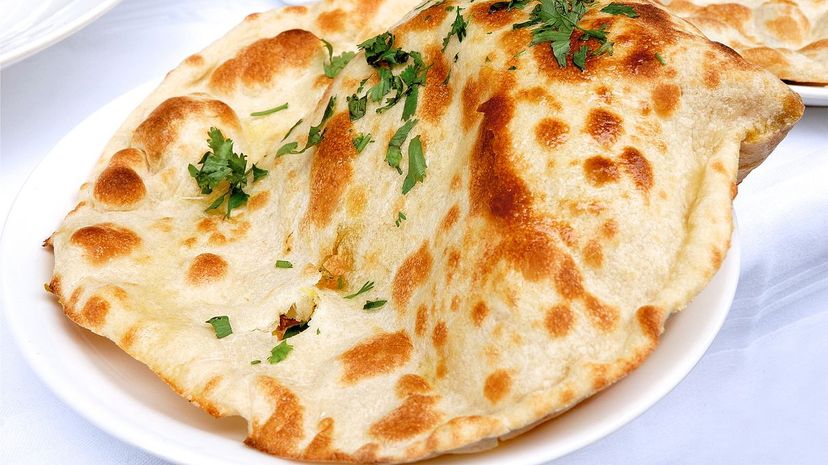
Bread is either leavened or unleavened, but just because it's leavened doesn't mean it can't be flat, and naan is an example of that. Naan looks just like pita (also flat but leavened), but it's made with ingredients like yogurt, milk or butter, making it softer in texture.
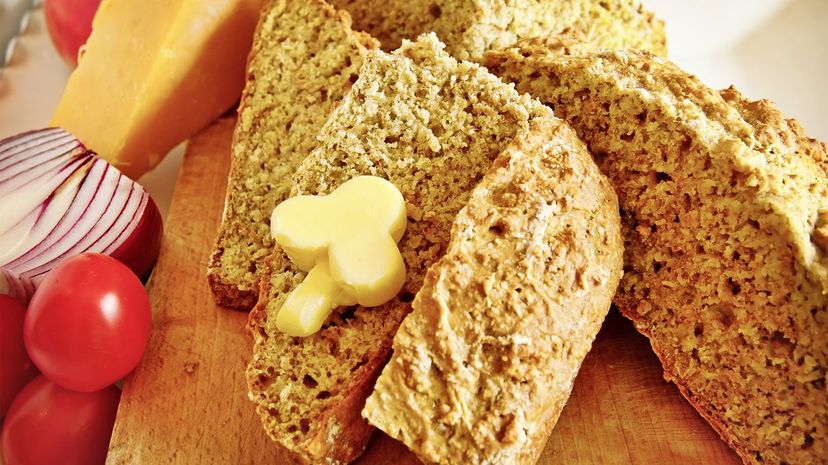
Soda bread features buttermilk and baking soda that fizz and bubble when they interact with each other, causing the bread to rise. It's a common quick bread and is rather simple to make. The technique can be used to make different types of breads (ex. brown soda bread or flat soda bread).
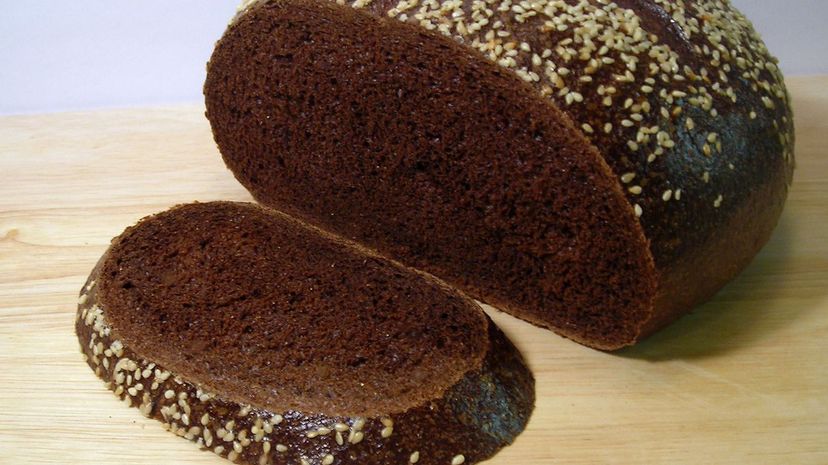
There are plenty of shortcuts to making pumpernickel, like using caramel or cocoa powder, but real German pumpernickel skips that stuff. You'll need to create a sourdough starter for real pumpernickel and it must be made from pure rye.
Advertisement
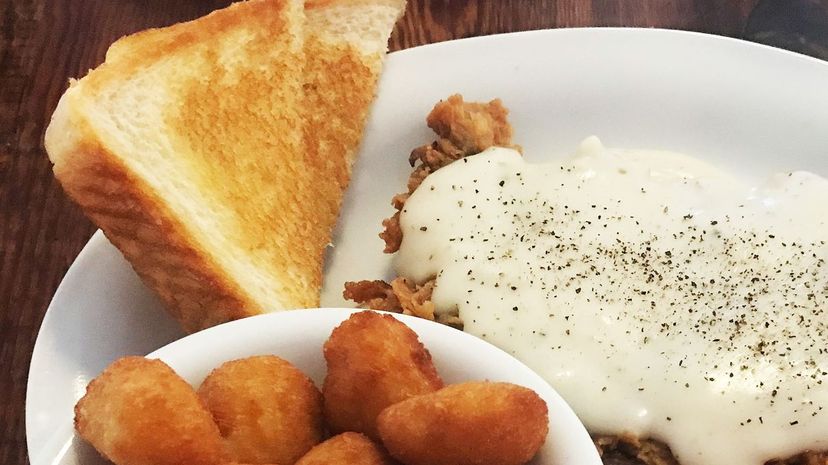
Texas toast is you normal toast except it's twice as thick as your normal toast. That's how things are done in Texas. If you're eating in the Lone Star state, you can expect to find this served alongside any traditional Southern meal.
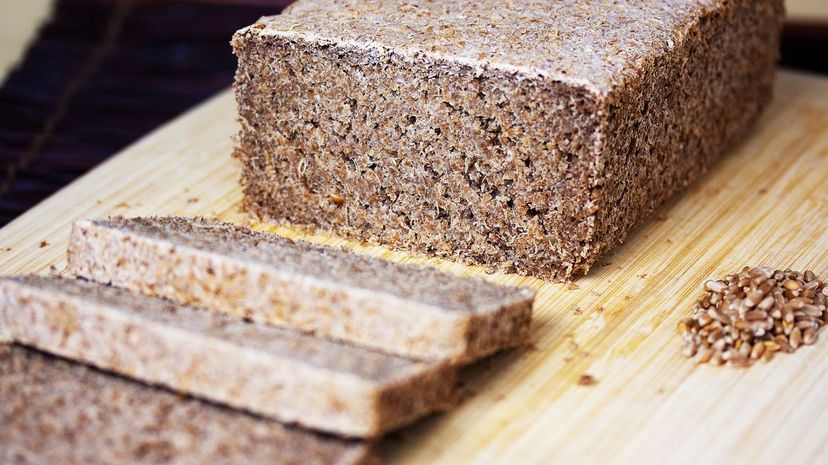
Most bread is made from refined grains. A refined grain is about one-third of its original size. Whole grain bread uses the whole grain, and Ezekiel bread, or sprouted bread, uses whole grains that have sprouted.
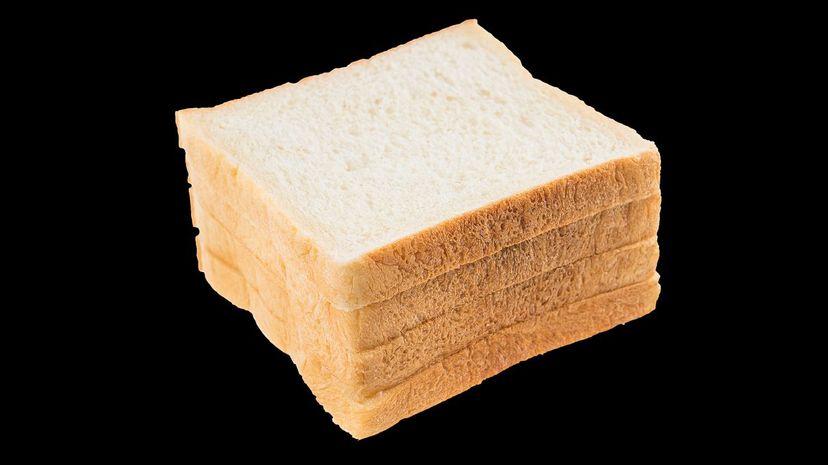
If you visited a supermarket anytime in the past century, you've seen a Pullman loaf of bread. It's a rectangular loaf of bread and almost every major bread producer in the country mass bakes bread in this shape. The name comes from their use in the kitchens on trains.
Advertisement
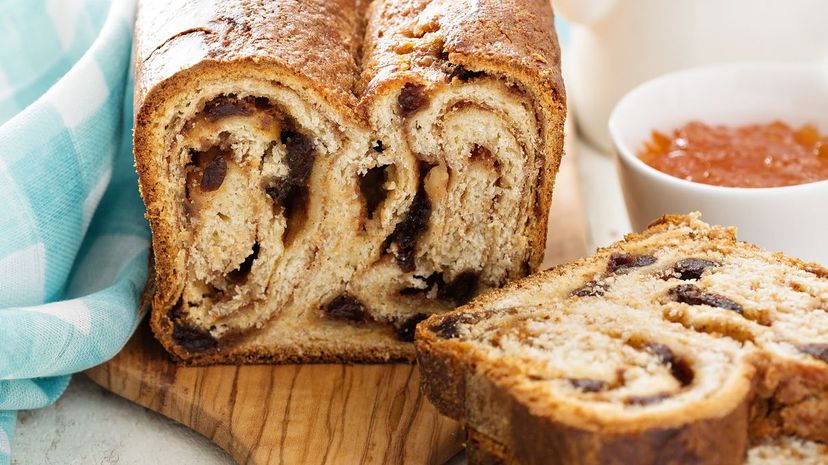
It's unknown who discovered that cinnamon and raisin complemented each other so well in bread form, but simple raisin bread has been around since the 1600s at least. The swirls of cinnamon and brown sugar ramp the flavor up a notch, and this sweet mix is commonly found in bagel form as well.
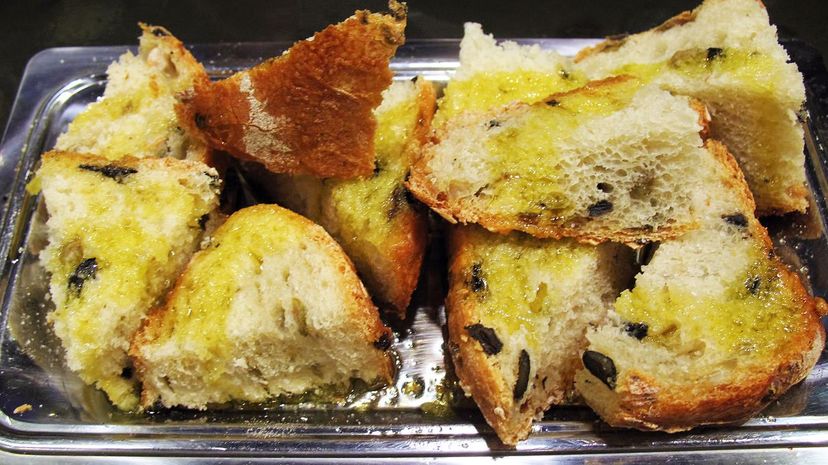
If you're looking for a savory bread, look no further than this bread that features salty Mediterranean flavors like black olive, garlic and basil. The best part is it only takes a couple of hours to make a loaf of this stuff, and it can be drizzled with olive oil and eaten anytime.

The great thing about bread is that you can take any piece of bread, and with a little creativity, make an entirely new type of bread. Garlic bread is bread that is seasoned with garlic, herbs and oil or butter and re-baked. You can also season dough accordingly and make garlic bread from scratch.
Advertisement
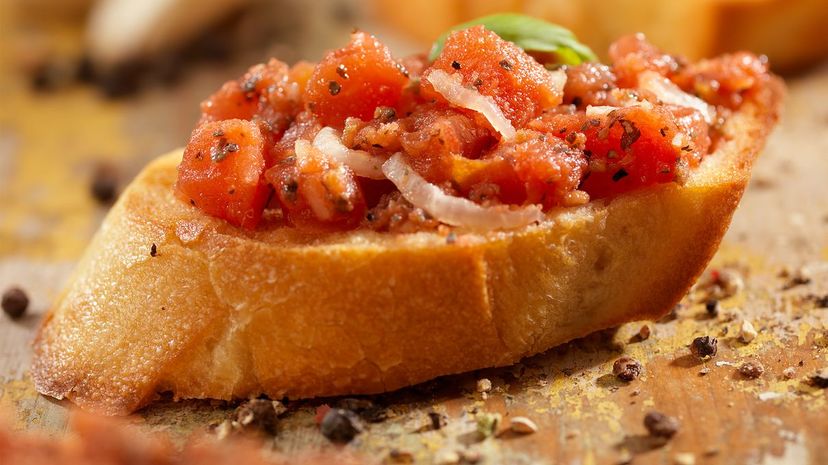
Bruschetta, like garlic bread, is a popular appetizer all over the world and is made by seasoning, re-cooking and dressing a piece of bread. Bruschetta is always seasoned with garlic and salt and is usually topped with tomato and herbs.
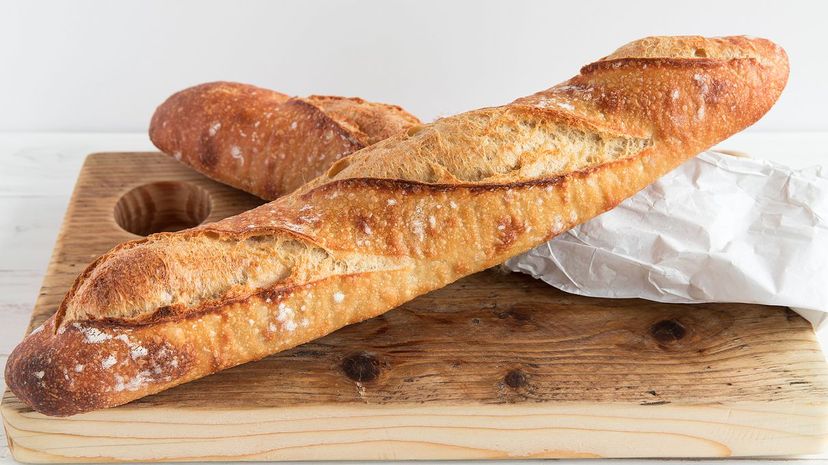
If you know anything about food, you know the French take it seriously. Baguettes in France have been mandated by law since the early 20th century. They must be made on premises. They can never be frozen. They can only contain flour, water, salt and yeast and never preservatives. A true French baguette will go stale in a day.

Marbled rye is just two types of rye dough rolled together and baked. Dark rye is often made by adding some cocoa to the recipe, and when it's rolled with light rye and baked, it creates a distinct pattern that gives the bread its name.
Advertisement
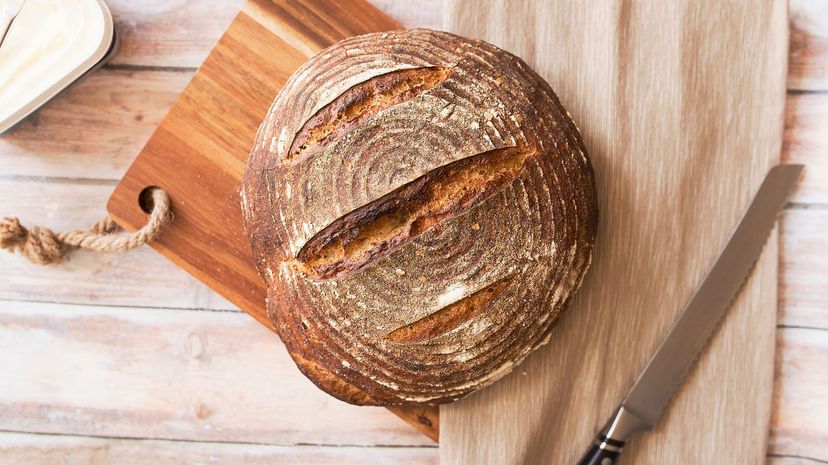
You don't need to go full sourdough-starter to make this bread, but you're going to need about a day to proof the yeast. This mushed ball of bread translates to "ball" in French, and it's crusty on the outside and holey on the inside.

It's unknown what exactly makes NYC bagels so special. Some say it's the water, some say it's a myth, but one thing for sure is NYC bagels are known around the world. The bagel actually originated in Poland, but that doesn't stop the Big Apple from taking credit.
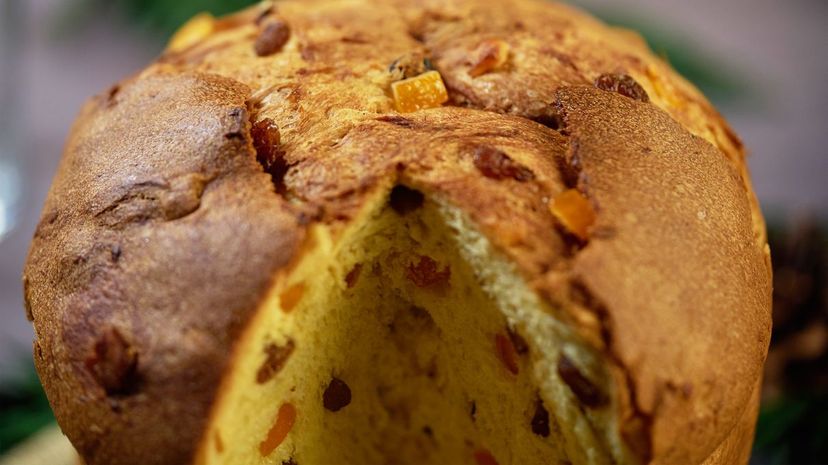
This soft and sweet bread is an Italian staple at Christmas time and it's loaded with flavors like candied citrus peel, vanilla and raisins soaked in rum. You can't mistake it due to its cylindrical shape, and it's sometimes even sold in coffee cans.
Advertisement
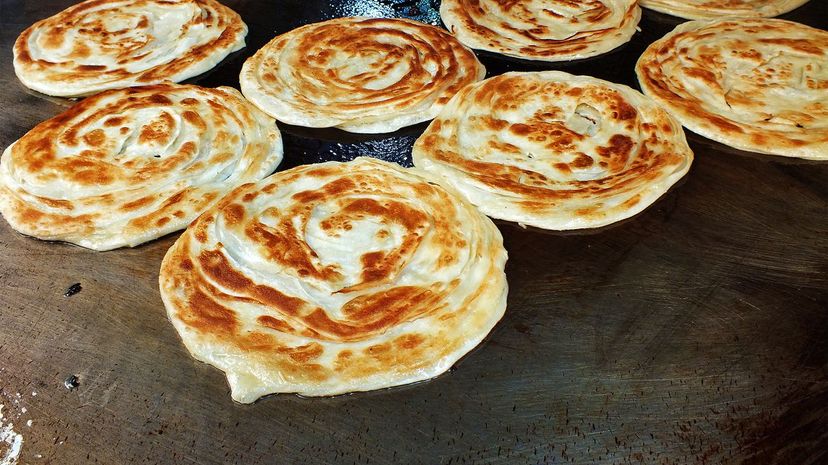
Unleavened bread has huge significance in religion, but it's also secularly influential in parts of the world (i.e. tortillas in Mexico, or parathas, shown here, a popular unleavened flatbread in Pakistan). Any bread that doesn't use yeast or anything that causes the dough to rise is considered unleavened bread. Most flatbreads are unleavened, but some, like pita, are leavened.
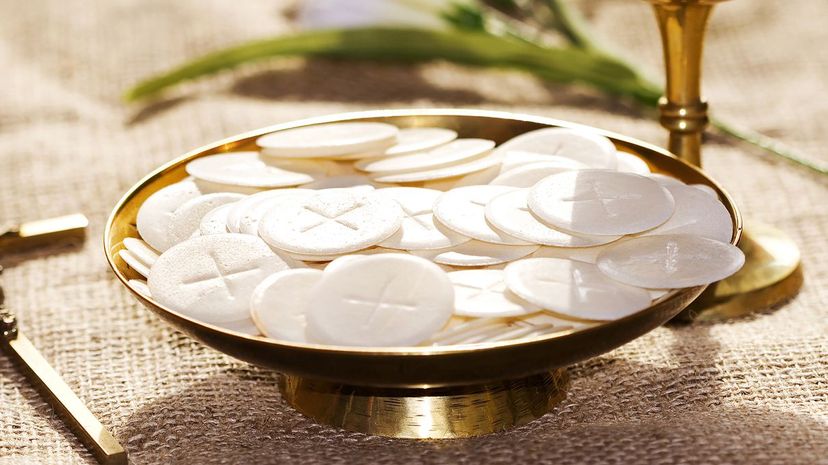
Anyone familiar with the Eucharist (Holy Communion) is familiar with these wafer-like pieces of bread that are served with wine at Christian church services. This bread is rarely if ever eaten outside a religious setting.
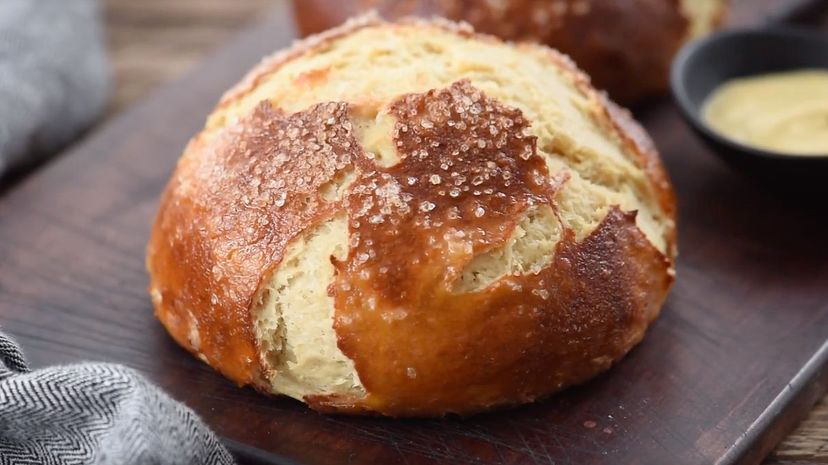
You can make your own pretzels or pretzel bread at home from scratch but there is a very thin line between pretzels and bagels, so you can't cut any corners when doing so. The key to good pretzel bread is boiling the dough in baking soda water before baking it. This allows for the brown crust pretzels are known for.
Advertisement
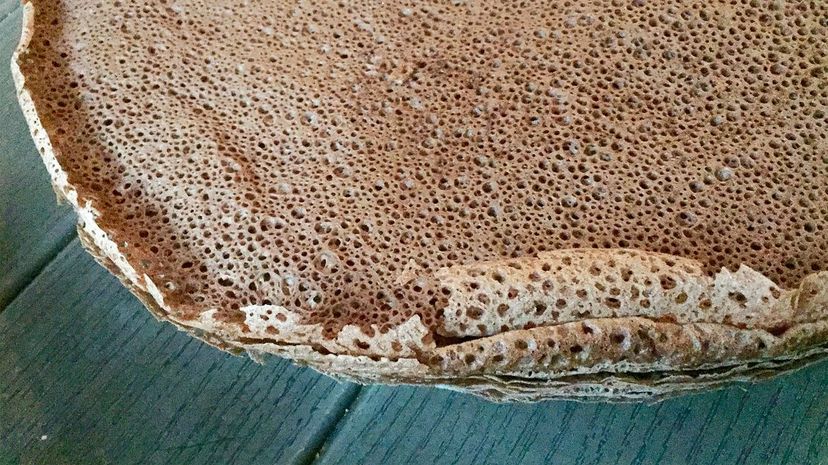
Don't expect to see any utensils if you sit down and eat a traditional Ethiopian meal. What you'll see in place of utensils is injera, and lots of it. This spongy flatbread is used to grab food off your plate and is served with almost every meal.

The hoagie, hero, sub, grinder or Italian roll is the de-facto roll for submarine sandwiches across the United States. The world-famous Italian sub, Philly cheesesteak or shrimp po' boy wouldn't exist without this bread. It takes on different names in different parts of the country.
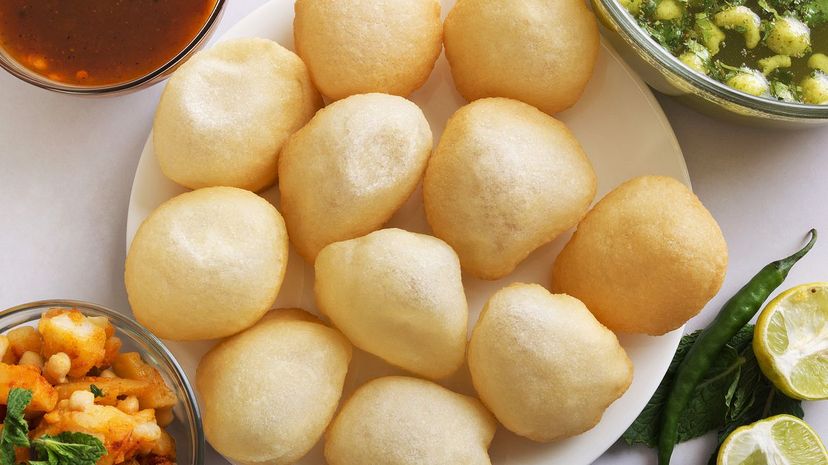
India takes its unleavened bread to the next level by deep frying it to a soft poof and then serving it with either sweet or savory additions. The circles of dough poof up within seconds of deep frying, and the steam captured inside creates a warm and soft bread that can be eaten anytime.
Advertisement

The Muffin Man who lived on Drury Lane was slinging English muffins around town, not the deliciously sweet muffins most Americans think of when they think of a muffin. These muffins are eaten at breakfast time in the U.K. and America, but aren't widespread around the world.
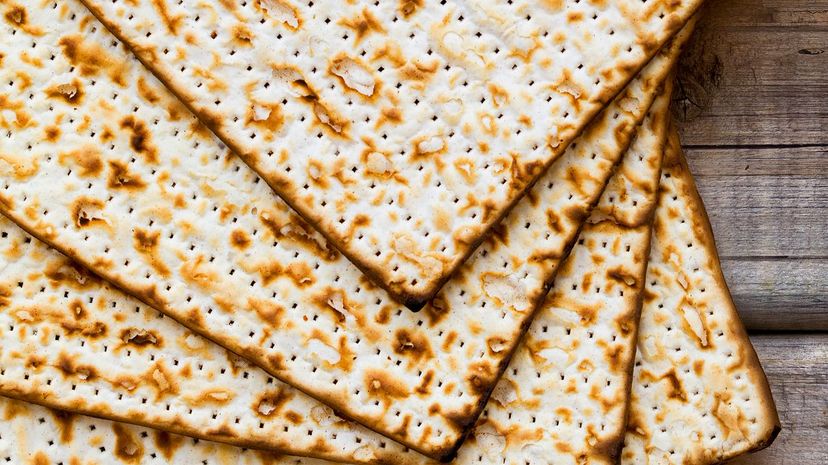
Matzo bread has a long tradition in religious celebration and is always eaten at Passover, which is the feast of unleavened bread. It's forbidden to eat leavened bread during Passover, and the bread is also used to make matzo ball soup.
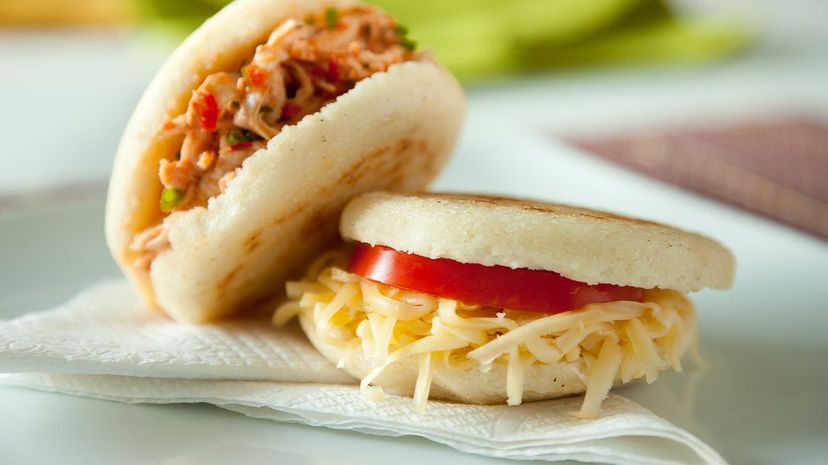
Arepas differ from most unleavened breads around the world in that they are rather thick. The key to a good arepa is cooking it to crispy perfection on the outside and light and fluffy perfection on the inside. They can be stuffed with anything from cheese to meat, or eaten alone.
Advertisement
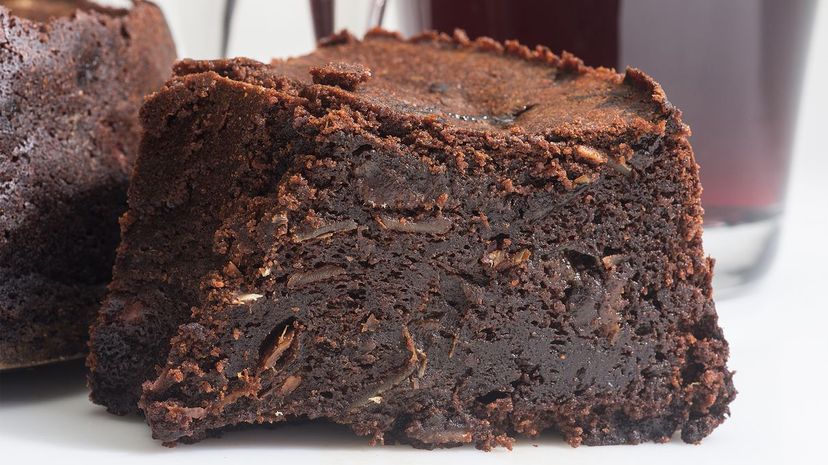
Bara brith originated in the U.K. and it's commonly known as speckled bread because of its specks of dried fruit and spices. The dried fruit is usually soaked overnight in tea before being used, and marmalade and honey are used to sweeten the loaf.

These almond biscuits are a staple of the Italian diet. They are really dry and crunchy and are almost always eaten with a drink. Being that Italy is known for a wide variety of nuts, you can find biscotti made with almonds, pistachios, pine nuts and more.
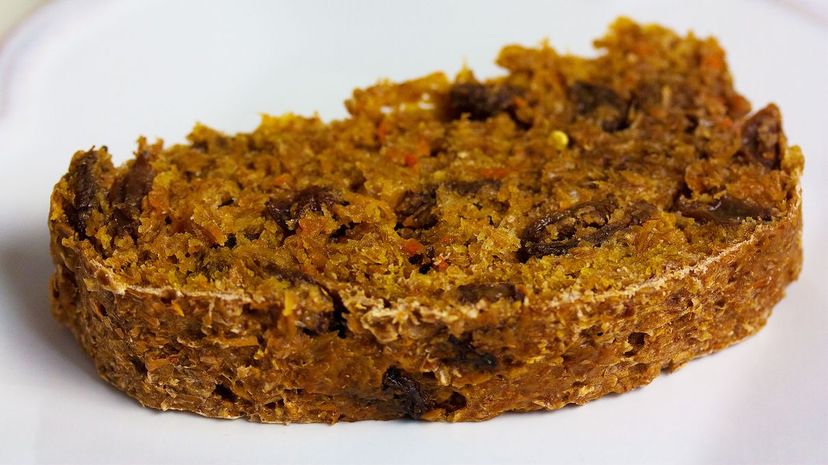
Carrot bread is made with shredded carrots or carrot juice and it resembles banana bread in texture. Its taste can go in many directions as any ingredient you like, from zucchini to raisins, can be added, and it's one of the most popular quick breads in the States.
Advertisement
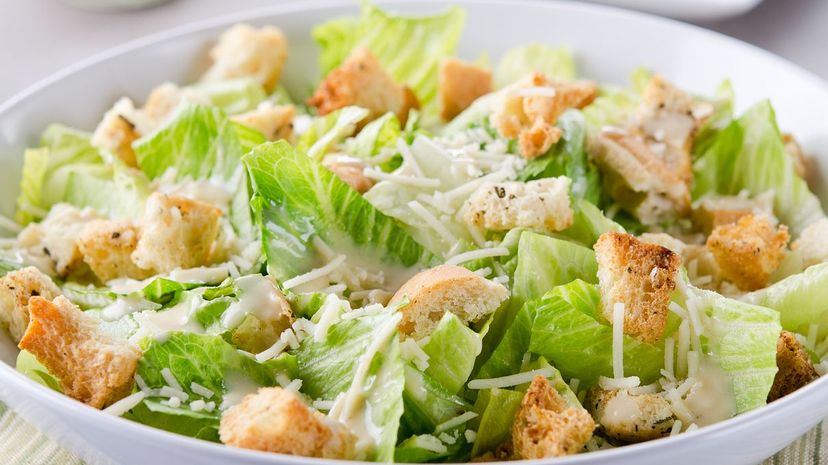
It's unknown where these crunchy add-ons originated, but whoever decided to season and rebake a piece of bread created the perfect accompaniment to soups and salads. You can make simple croutons by seasoning any type of bread with some oil or butter and flavors like garlic and basil and then toasting, baking or sauteing it until crunchy.